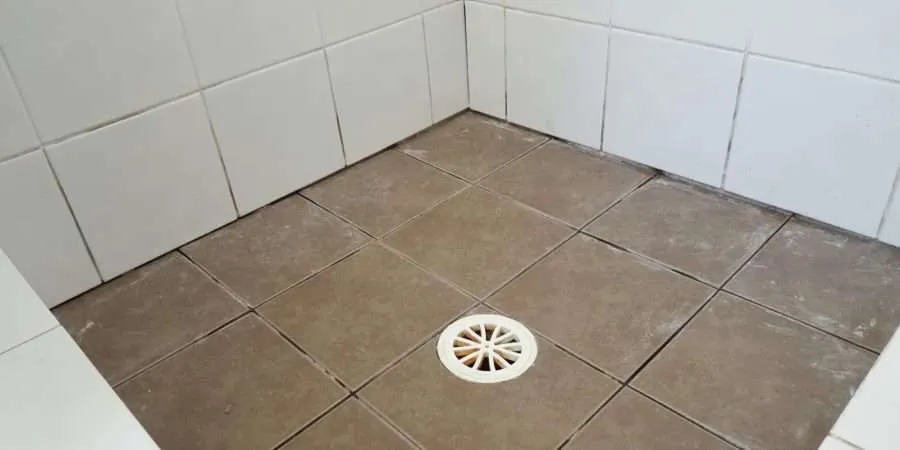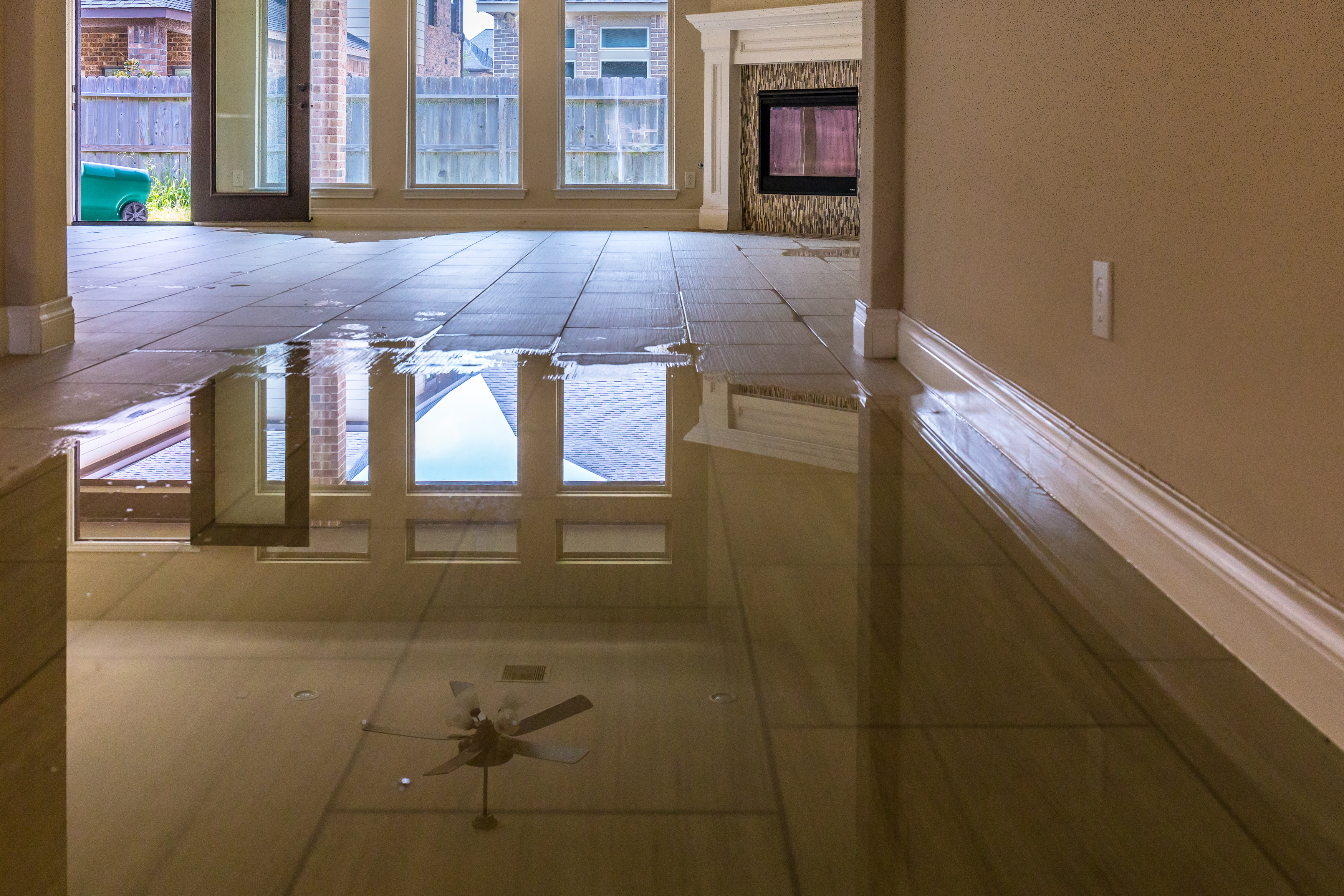Avoiding Water Damage in the Bathroom
Avoiding Water Damage in the Bathroom
Blog Article
Just how do you feel about How to Prevent Bathroom Water Damage?

The washroom is incredibly vulnerable for wet buildup as well as potential water damages because of the constant use water in it. This post provides basic examination methods to help detecting water damage hazards.
The frequent use of water in the washroom makes it exceptionally susceptible for wet accumulation as well as possible water damage. By checking it routinely, you can minimize water related damages.
The complying with set of evaluations is easy to execute and must be done as soon as in every three months in order to maintain your restroom in good shape and also to prevent prospective water damages caused by the tub, the shower, pipe joints and also plumbing, sinks, cabinets, and also the commode
Do not forget executing these evaluations as well as be extensive while doing them. Bear in mind that these straightforward inspections can save you a great deal of cash by giving very early signs for water damages
Tub as well as Shower
The shower as well as tub require special attention and maintenance. Check the tiles as well as replace if broken. Ensure that there is no missing grout between the tiles. Examine as well as replace cracked caulking at joints where the walls meet the flooring or the bath tub. Obstructed drains pipes as well as pipelines issues will certainly stop the tub from drying out and also might suggest severe problems under the tub. Consult with a specialist promptly to avoid architectural damages. Take note of discolorations or soft locations around the tub walls as they may indicate an inner leak.
Plumbing
Signs for water damage are difficult to spot since a lot of pipelines are set up inside the wall surfaces.
Pay special attention to flooring and wall surfaces moisture and also spots as they might indicate an unnoticeable plumbing trouble. Examine dampness degrees in adjacent spaces as well.
Sinks as well as Cabinets
Sinks as well as cupboards are subjected to moisture as well as humidity daily and also are frequently overlooked. Evaluate regularly under the sink and also on the kitchen counter above it. Fix any kind of drip in the trap as it might suggest drainpipe issues. Browse the sink, slow draining pipes might indicate a blocked drain. Replace sink seals if they are fractured or loose.
The Commode
The bathroom is an at risk water joint. Check the water lines and also search for leakages around the commode seat, in the tube, and also under the water tank. If you identify any type of indicators of wetness on the flooring around the commode, check for leakages in the toilet rim as well as tank seals.
Know that hanging toilet dish deodorants boosts the opportunities for blockages.
TIPS TO PREVENT WATER DAMAGE IN THE BATHROOM
The average household uses approximately 80-100 gallons of water per person per day. For a family of 4, that's almost 2,500 gallons of water a week! The largest portion of this consumption comes from bathroom use. Flushing the toilet uses the most water, followed by taking a shower or bath. With that much water running through the home, water damage in the bathroom is bound to happen. Knowing how to spot signs of a water leak is essential to preventing long-term damage. This guide provides you with tips to reduce the impact of water damage on your bathroom.
CAUSES OF BATHROOM WATER DAMAGE
Pipe breaks are the most common cause of water damage we see in our daily jobs. The age of a pipe plays a large role in a pipe break as well as corrosion. Over time, the metal begins to break down, allowing water to escape. Frozen pipe breaks are also a concern in the winter months. Toilet overflows caused by paper products or children flushing inappropriate items. Degraded caulking around the toilet or bathtub can allow water seepage, sometimes behind the fixture, into the subfloor or walls. Condensation forms when the water in a pipe is cooler than the air temperature. Beads of water form on the exterior of the pipes, sometimes so much so that the water begins to drip and pool below. Sink or shower backups created by poor drainage. HOW TO PREVENT WATER DAMAGE IN YOUR BATHROOM
Inspect your toilet supply line for worn or frayed hoses and replace them as needed. Winterize your plumbing to prevent a frozen pipe break. Use vent fans to prevent condensation that can lead to mold growth. Routinely check and replace degraded caulking around your toilet or bathtub. Increase the temperature in your toilet tank and insulate your pipes during the warm summer months to keep condensation from forming. Use child safety locks on the toilets. Flush only toilet paper. "Flushable" wet wipes are actually not good for your plumbing system. Additionally, feminine hygiene products should not be flushed. Prevent water from escaping the tub or shower. Make sure shower curtains are in good condition. Inspect shower doors and replace the seal strip if necessary. Wipe up any water that accumulates on the floor and use bath mats. Water left to sit can cause damage to the tiles and flooring. Refrain from using bath products containing heavy oils to avoid a clogged drain.

Do you enjoy more info about Common Causes of Water Damage in a Bathroom? Post a comment directly below. We'd be glad to see your ideas about this piece. Hoping that you come back again in the future. So long as you enjoyed reading our post please remember to pass it around. We appreciate reading our article about Common Causes of Water Damage in a Bathroom.
Customer Reviews Report this page